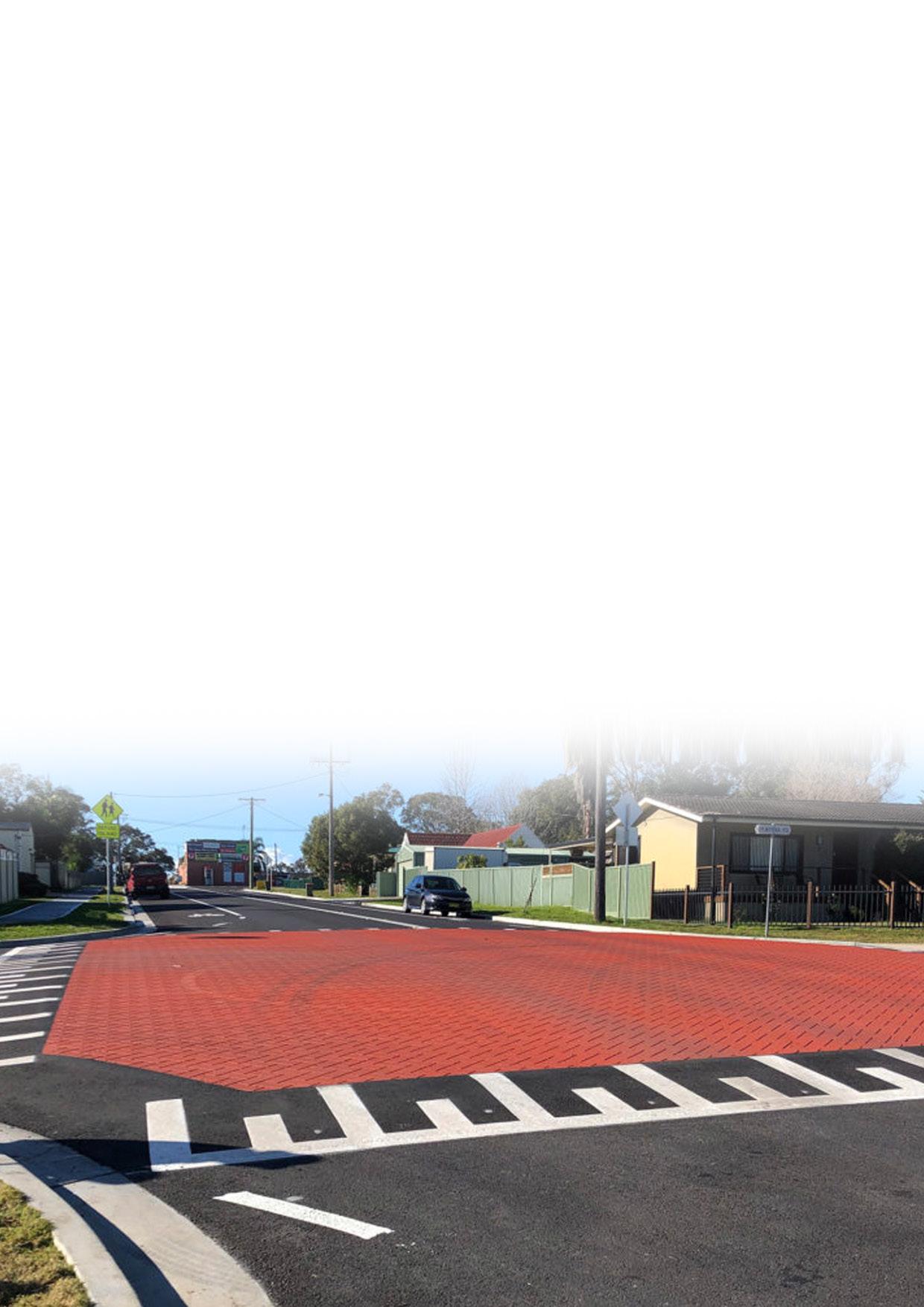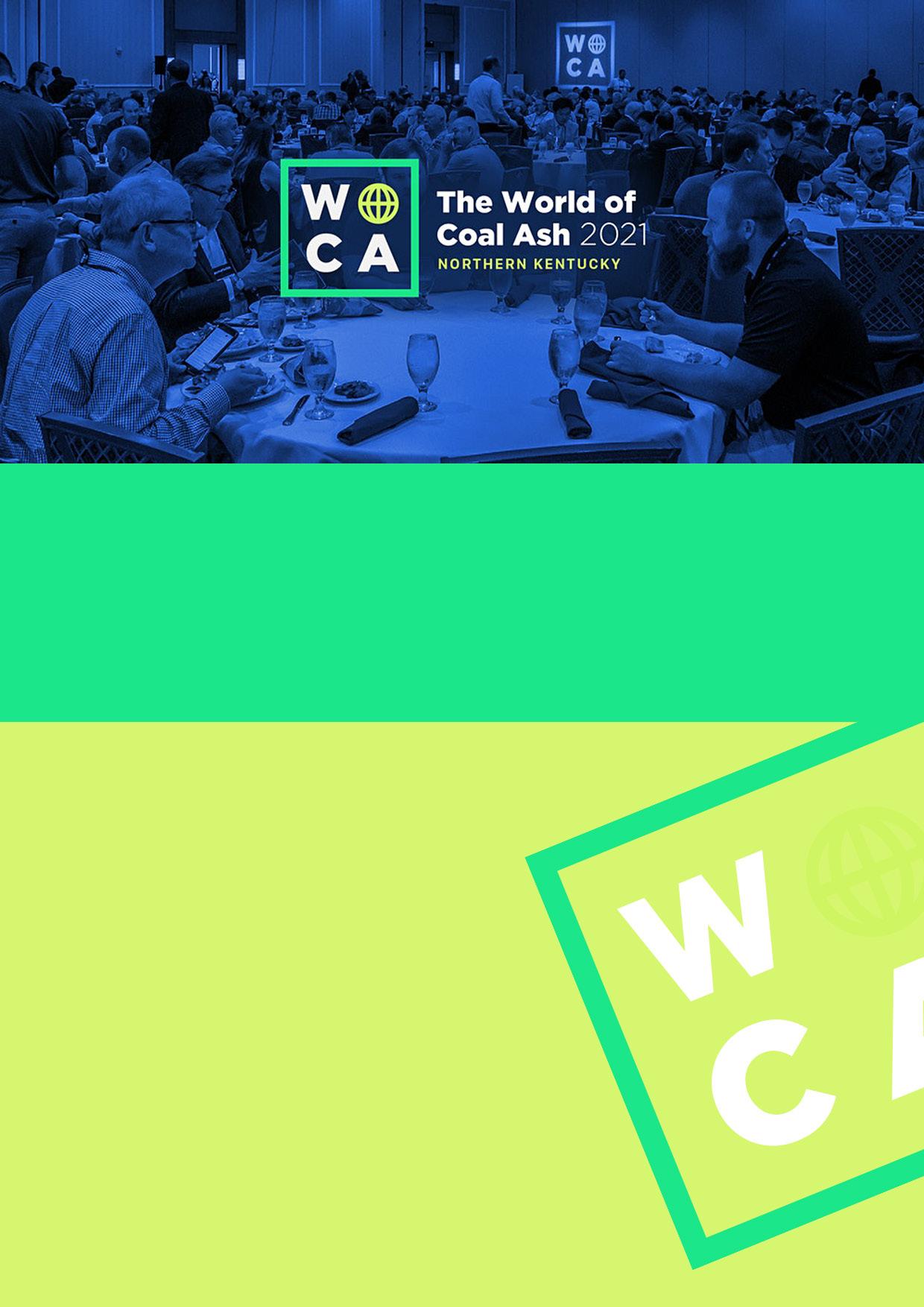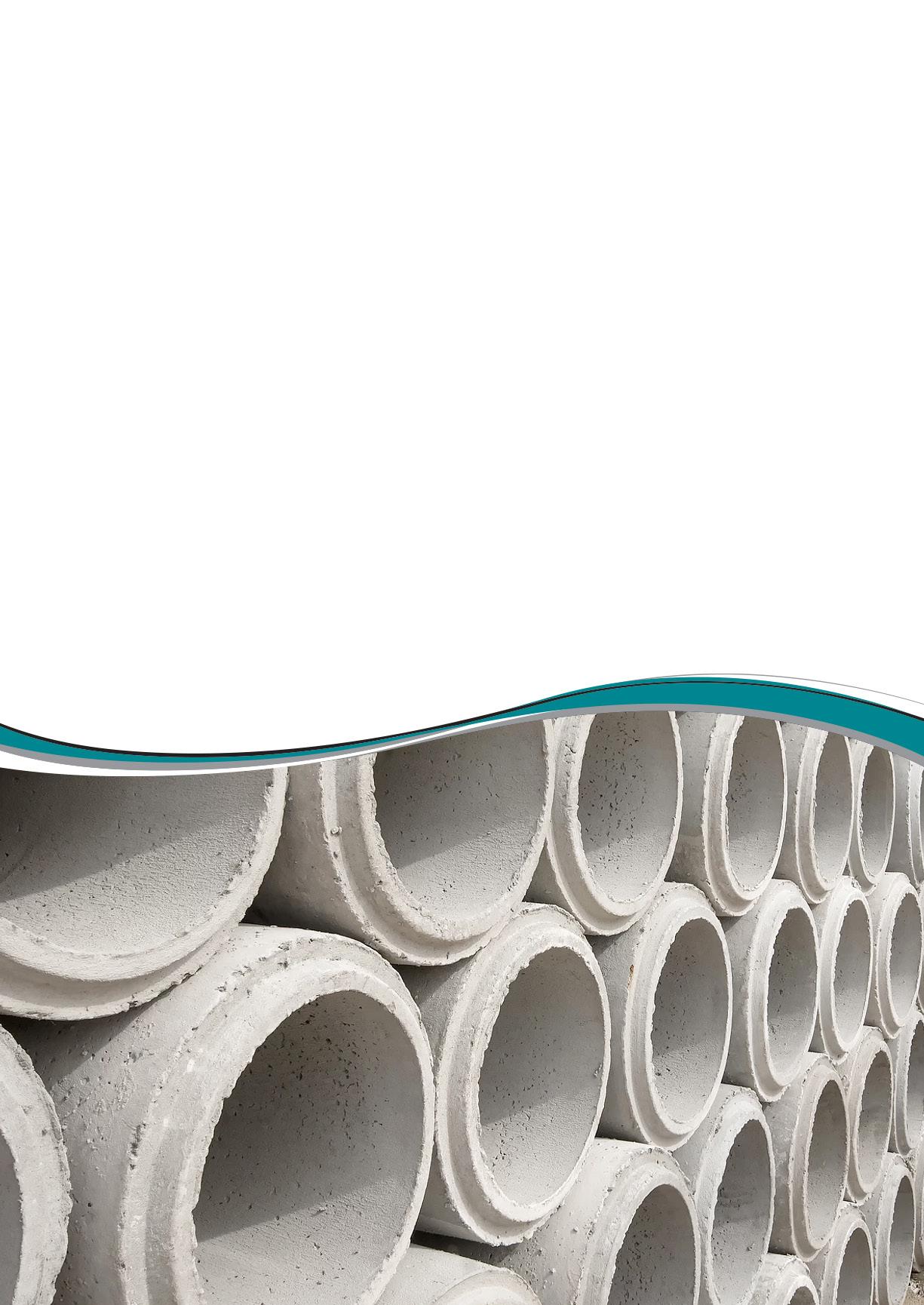
1 minute read
Boral Co-funds two-year Project Developing Low-Carbon Concrete
Experts and engineers from Boral, Southern Highland Concrete Construction and UTS are taking part in a new two-year manufacturing research project. The project aims to overcome the current technological barriers of low-carbon concrete manufacturing and accelerate the development of Boral’s lower carbon ENVISIA® concrete.
The core research to formulate Australia’s novel ultra-sustainable concrete will take place at the UTS Boral Centre for Sustainable Building in Sydney.
Once lab-tested, the team will work with Southern Highlands Concrete Construction to trial the ultra-sustainable concrete on construction sites.
Low-carbon concrete uses a high proportion of supplementary cementitious binders (SCMs) including ground granulated blast-furnace slag, fly ash and calcined clay to substitute traditional Portland cement – a major contributor to carbon emissions
The research team, led by UTS’ Professor Vute Sirivivatnanon, combines the university’s academic knowledge with the experience of Boral’s innovation team to expand the use of low-carbon concrete while maintaining the performance of regular concrete.
“Our aim is to push the technological boundaries of binder and chemical admixture technology and lift the maximum replacement rate of OCP while maintaining the fresh and early hardened properties of concrete for optimum construction efficiency,” he said.
The $6 million project includes a $770,000 Innovative Manufacturing CRC grant and will focus on manufacturing processes that increase the strenght of lower carbon concrete and improve surface finishing techniques. CEO and managing director of IMCRC, David Chuter said the investment will see new materials and products built on sustainability principles.
“Boral is at the forefront of low-carbon concrete development,” he said.
“This Australian research collaboration will see Boral develop an ultra-sustainable concrete that will be the first product of its kind and will lead the way in reducing the carbon footprint of concrete production, domestically and internationally.”










